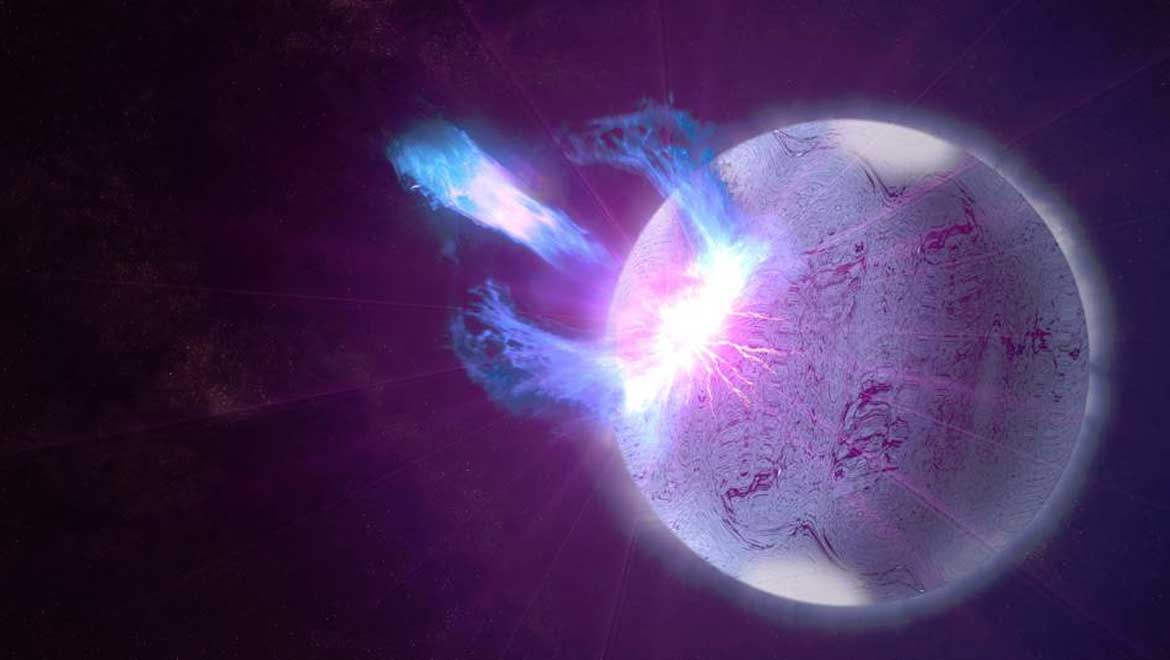Much like seismologists use earthquakes to gain a better understanding of Earth, astronomers can also study the interior conditions of stars using an approach called asteroseismology. Using this technique it is possible to gain a better understanding of the evolution and structure of stars through studying their oscillations.
By studying the oscillations, or vibrations of stars, astronomers can gain insights into the interior conditions of these stars. This includes information about their size, temperature and internal structure. These oscillations make the star ‘ring’, similar to a bell. As sound can’t travel through space, what astronomers are actually measuring are the vibrations on the surface of the star. These compressions and expansions have the effect of changing the brightness of the star, which can be measured by recording the Doppler shift on the surface of the star.
A team from the University of New South Wales in Australia has recently published their findings from a study of the oscillations of stars within the Milky Way, and have come up with some surprising results.
The study was led by Dr Enrico Corsaro and Dr Dennis Stello, and focused on using asteroseismology to measure the angles at which stars spin. Over a four year period, NASA’s Kepler space observatory recorded the oscillations of 48 red giant stars in the Milky Way. Once analysed, the results were somewhat unexpected. The team found that the spinning axis of 70% of stars within a cluster were in alignment. This goes against what was previously thought, which is that the huge amount of turbulence generated by the dust and gas clouds where stars are formed would disrupt any rotational energy. This would effectively prevent any alignment of the axes of rotation of individual stars. The team therefore expected the spinning axes of the stars to be randomly orientated. Instead, it appears that the original conditions of angular momentum within the clouds of dust and gas forming the stars is effectively transferred to the majority of stars within a particular cluster.
The study focused on two different star clusters, one formed two million years ago and the other eight million years ago. The reason that such ancient clusters were selected is that in younger clusters, also known as ‘star nurseries’, the remaining gas and dust impedes observation of the stars forming within the cloud.
The team now hope to extend this research to cover analysis of other star clusters as well as working on updating current theories on the formation of stars to align with these surprising new observations.
The findings of the research was a surprise even to members of the team. As Dr Stello put it himself, “it indicates that our fundamental understanding of how stars form isn’t complete.”
Top image: A rupture in the crust of a highly magnetized neutron star, shown here in an artist's rendering, can trigger high-energy eruptions. Fermi observations of these blasts include information on how the star's surface twists and vibrates, providing new insights into what lies beneath. Credits: NASA's Goddard Space Flight Center/S. Wiessinger
References
http://www.australiangeographic.com.au/news/2017/03/music-of-ancient-stars-reveals-stellar-surprise
http://www.nature.com/articles/s41550-017-0064#abstract
http://www.physics.usyd.edu.au/~stello/
https://www.science.unsw.edu.au/news/study-starquakes-reveal-surprises-about-birth-stars-our-galaxy
https://phys.org/news/2017-03-starquakes-reveal-birth-stars-galaxy.html







No comment